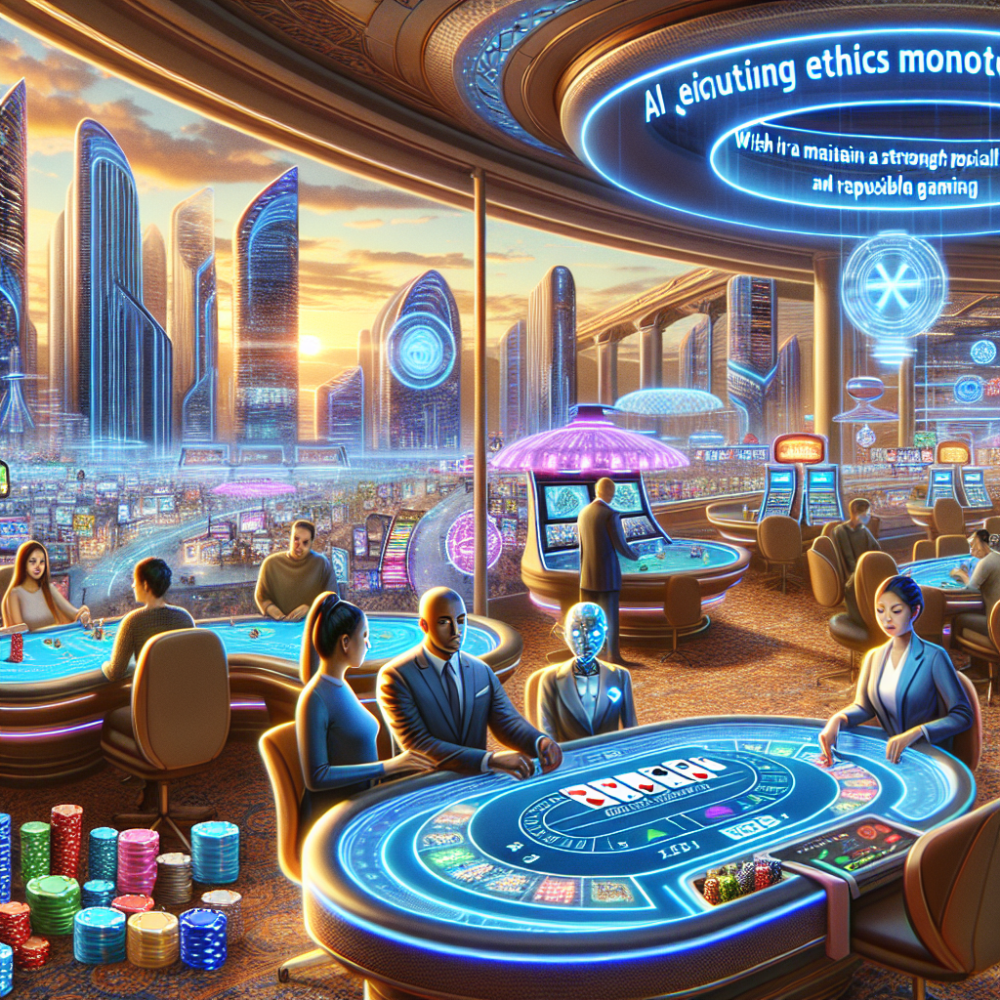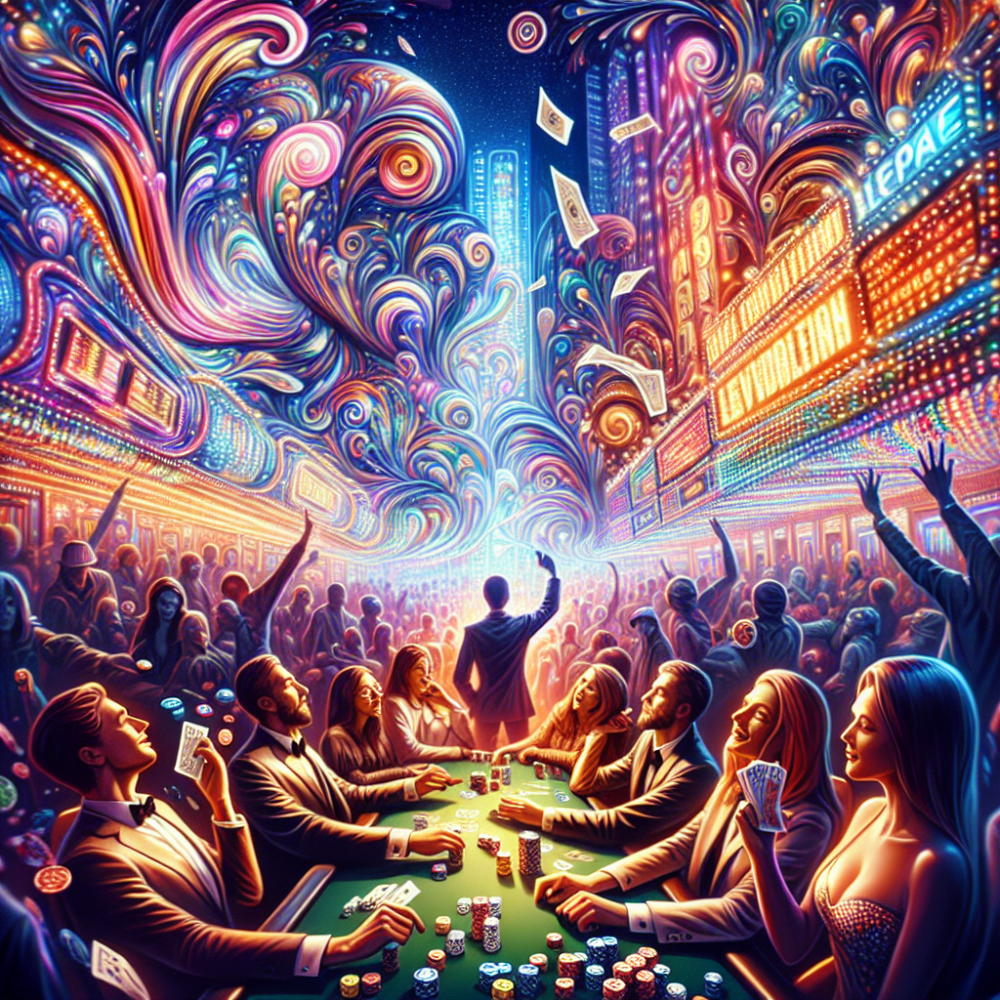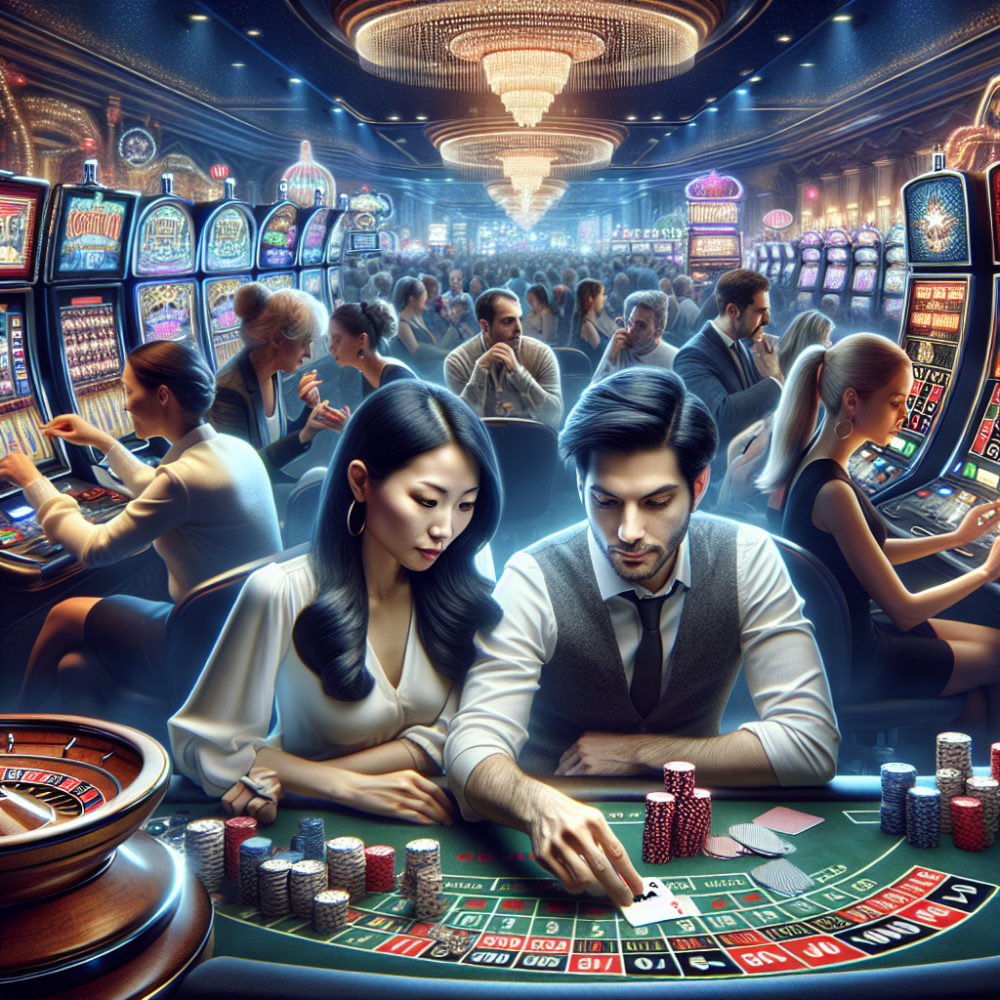Casinos are more than just venues for gambling; they are meticulously designed environments that influence player behavior and decision-making at every turn. The aesthetics of a casino—from the lighting and color scheme to the layout and even the scent in the air—are carefully crafted to create an atmosphere that entices visitors to stay longer and play more. This blog post delves into the sophisticated world of casino design, exploring how various elements impact gamblers' decisions and behaviors.
The Strategic Use of Color and Lighting Color psychology plays a pivotal role in casino design. Typically, casinos employ a palette that includes reds and yellows, which are colors that are often associated with excitement and happiness. These hues are thought to stimulate the senses and boost energy levels, encouraging players to keep engaging with games. Furthermore, softer shades like blues and greens are rarely prominent, as they tend to have a calming effect and might encourage players to slow down and think about leaving.
Lighting is another critical factor. Casinos often use dimmed lighting to create a warm, welcoming atmosphere that makes time seem to stand still. Bright, flashing lights from slot machines and other gaming areas provide a stark contrast that can draw players towards games. The careful balance of ambient and task lighting in casinos is designed to reduce the awareness of the passage of time and make the environment feel timeless, keeping players seated and engaged longer.
Architectural Layout and Pathways The architecture of a casino is designed to lead visitors on a journey through the space, subtly guiding them past as many tempting opportunities to gamble as possible. The pathways are often curved rather than straight, a design choice that encourages exploration and creates a sense of mystery, urging visitors to see what’s around the next corner. This can make it harder for players to find exits and encourages longer stays as they wander through various gaming areas.
Casinos also strategically place high-payout machines at the ends of aisles and prominently in transition areas. This positioning exploits the psychological tendency to anchor and adjust; first impressions of potential pay-offs are set high, influencing expectations and behavior throughout the gambling experience.
Sensory Manipulation and Comfort Casinos also excel in creating a multisensory environment. The sounds of coins dropping, the cheerful music from slot machines, and the overall buzz of excitement are crucial in creating an energetic atmosphere. Many casinos even infuse the air with pleasant, subtle fragrances. Studies have shown that certain scents can promote alertness or a sense of comfort, influencing gamblers to stick around longer.
Comfort is another subtle yet powerful tool used by casinos. Luxurious carpets, plush seating, and strategically placed amenities invite guests to relax and play comfortably for extended periods. Even the temperature is controlled to ensure it’s just right—not too hot, not too cold—creating an environment where it’s easy to lose track of time.
Psychological Impact of Casino Aesthetics All these elements—color, lighting, layout, sensory cues, and comfort—combine to create a psychological environment that can significantly affect decision-making. By reducing stress and subtly suggesting that the odds of winning are high, casinos can encourage riskier bets and prolonged play. Gamblers in such environments are less likely to set strict limits on their spending or adhere to a pre-set budget.
Moreover, the casino’s ambiance can affect memory; players might remember big wins vividly but forget losses, thanks to the euphoric atmosphere that prevails in these spaces. This skewed memory can lead to overly optimistic expectations and decisions about future gambling activities.
Conclusion The design of a casino is a powerful tool that manipulates gaming behavior and decision-making. Every element, from the soundtrack to the scent in the air, is part of a carefully crafted experience designed to maximize customer retention and increase spending. Understanding the influence of these environmental factors can help gamblers make more informed choices and recognize when their decisions might be being swayed by something other than mere chance. For casino owners and designers, these insights confirm that the aesthetics of a casino are crucial not just for atmosphere but for its bottom line.




